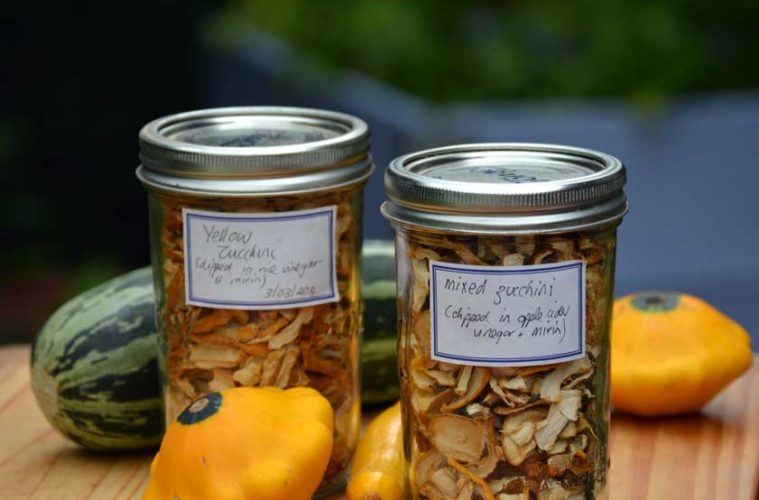Jane Griffiths shares her chemical free methods for preserving herbs, fruit and vegetables.
PRESERVING FOOD BY DRYING
This is one of the oldest and simplest techniques of preserving food. The microorganisms that attack food love moisture and the dryer it is, the less chance they have of surviving.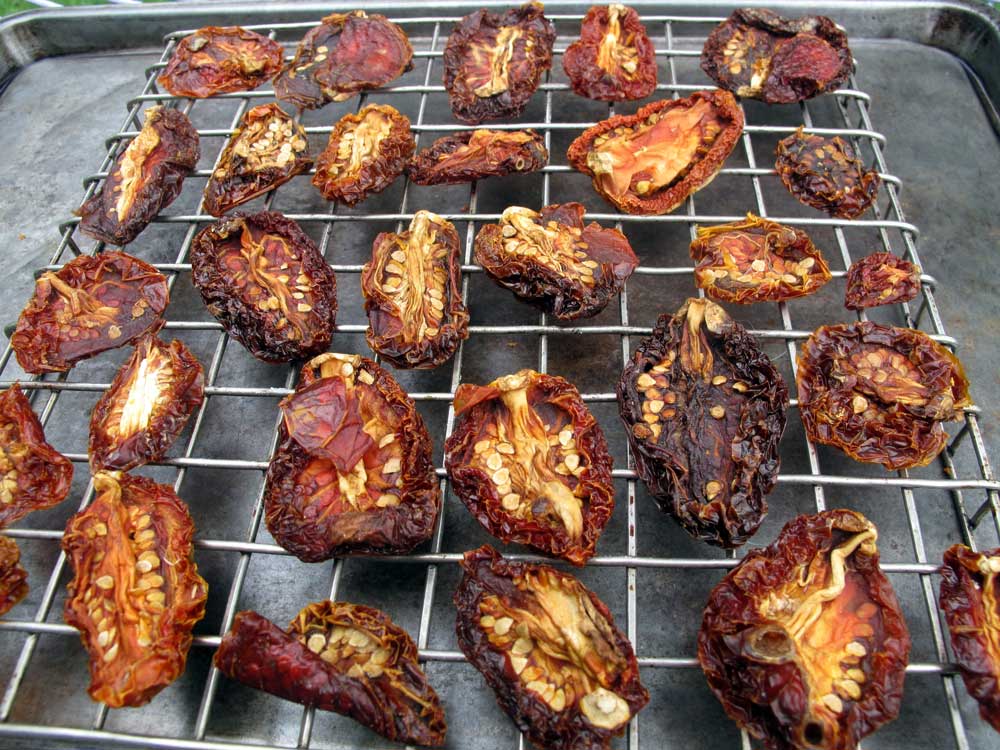
What can you dry?
Herbs with low water content (rosemary, oregano, thyme and lavender) are well-suited to drying. Most fruit (apricots, apples, pears, plums, figs, grapes, berries and peaches) and vegetables (eggplants, beetroots, carrots, mealies, zucchini, chillies, peppers, onions, tomatoes, Swiss chard and kale) dry well.
READ MORE: Make a stylish container veggie garden
How to do it: Air dry or Electric dry
Air drying: This involves placing produce in an airy spot in the sun and letting nature do the rest.
- Spread herbs on a tray or tie in bunches and place in a sunny spot.
- Slice vegetables and fruit and place on racks set over baking trays in the sun. Cover loosely with cheesecloth to keep bugs off. To speed up the process, place them on the car’s dashboard in the sun where they’ll dry very quickly. They are ready when they’re
as pliable as a raisin without any stickiness or wateriness.

Electric drying: A dehydrator or oven speeds things up, especially if the weather
is inclement.
- A dehydrator is specifically designed to dry out food. Sliced vegetables are placed on racks and hot air is circulated via a fan. This is an efficient method of drying but dehydrators aren’t cheap, so you need to use it often to justify the cost.
- An oven works although it’s not as energy efficient. Heat to 60–70°C and place produce on racks. Wedge the door 10cm ajar to allow moisture to escape.
READ MORE: How to make compost
Tips for drying
- Don’t make slices too thick.
- Dipping in vinegar or lemon juice before drying prevents oxidation and preserves colour.
- Once dried, store in airtight containers.
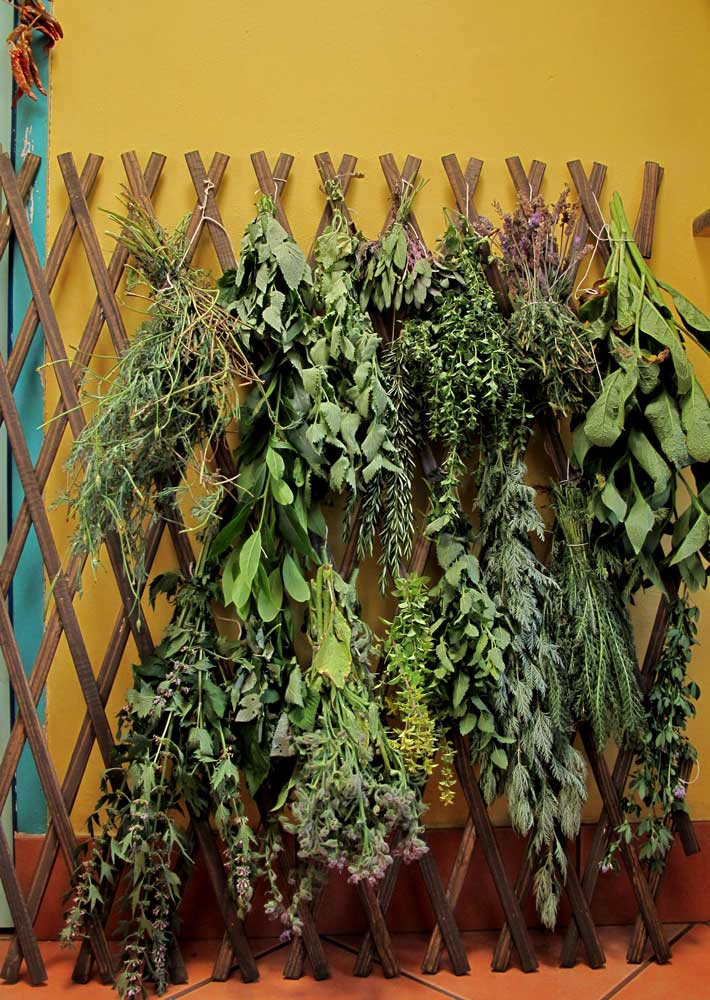
Using dried food
- Dried food can be eaten as is – crisp zucchini and beetroot chips make great snacks. Experiment by dipping in flavoured liquid before drying. Try zucchini and eggplant in a mixture of lemon, chilli and soy sauce.
- Reconstitute by soaking in boiling water for 10–15 minutes. Use in soups, blend into sauces and add to baked goods. Don’t forget to use the nutritious soaking water.
- Grind up to create vegetable powders –they add flavour to everything.
PRESERVING FOOD BY FREEZING
Freezing is a quick and convenient method of preserving seasonal herbs, vegetables
and fruit.
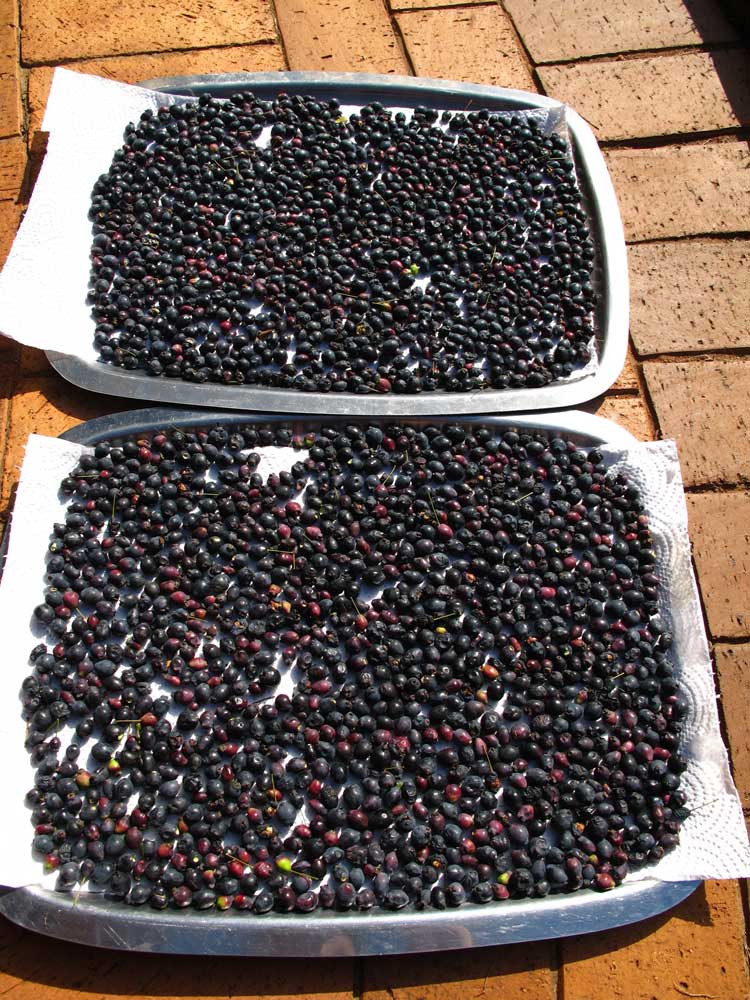
What can you freeze?
You can freeze almost all vegetables, herbs and fruit can. You can even blend or chop and freeze leafy greens or herbs such as kale, chicory, basil and rocket, which often don’t freeze well whole,.
READ MORE: Growing blueberries
How to freeze
Preparation: Prepare fruit and vegetables as if you were about to use them: peel and core fruit and cut into bite-sized pieces; shell peas and separate broccoli into florets.
Blanching: This is necessary for almost all vegetables before freezing. Blanching (immersing vegetables in boiling water for a minute or two and then plunging them into iced water to stop further cooking) retains colour and flavour, improves nutritional value and destroys the enzymes that cause deterioration.
Packing: Once cool, pat dry and place in a plastic zipper bag. Remove air by sucking it out with a straw then label and freeze.
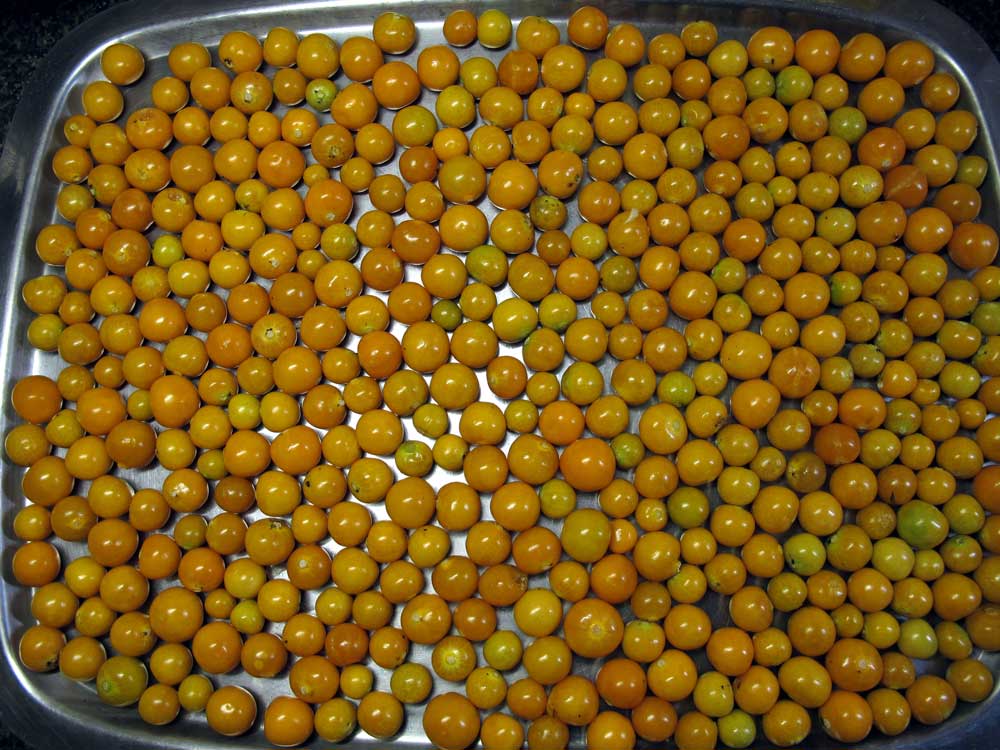
Flat freezing: This prevents clumping, making it easier to remove small amounts. Place prepared fruit or vegetables on a baking tray in a single layer and freeze. Once frozen, transfer to plastic zipper bags. This works for almost all fruit (particularly berries) and some vegetables, such as broccoli and cauliflower.
Purée freezing: Leafy greens and herbs with a high water content don’t freeze well whole. Purée them with olive oil to a pesto consistency. Pour into muffin tins or ice trays and freeze. Then, once frozen, remove and seal in plastic zipper bags and store in the freezer.
Tips for freezing
- Freeze soon after harvesting.
- Keep a list of food you have frozen and tick off once used.
Using frozen food
When fresh produce freezes, the water inside the cells expands and the walls rupture, changing its texture. This mushiness is more noticeable when completely thawed food is eaten raw, so rather cook or blend it.

